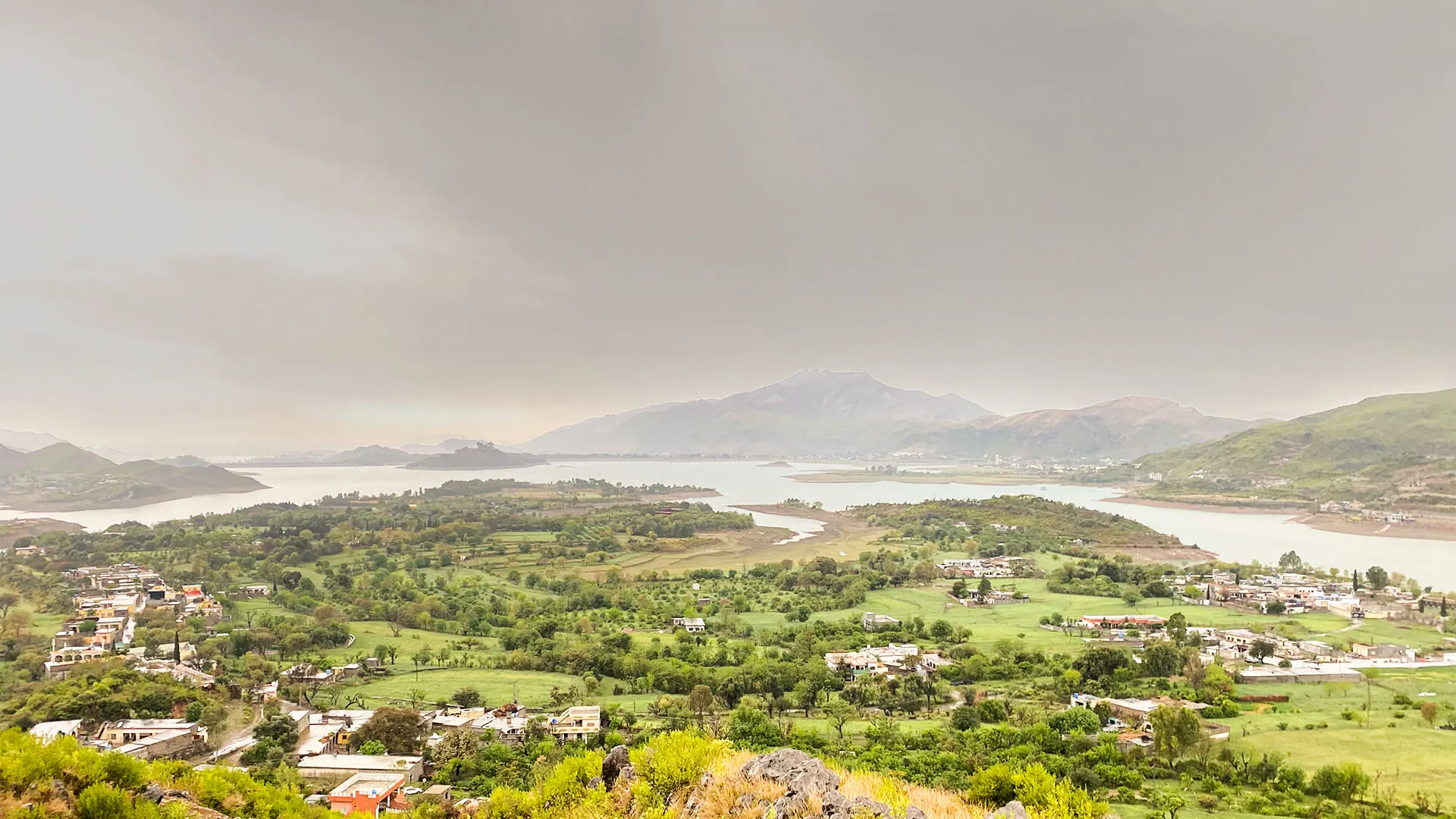Buying property in Pakistan is a dream for many. But when it comes to plot files, the process can get confusing. A plot file is not the same as land ownership. So, how do you know you’re making a smart choice?
Let’s break it down. This guide will help you evaluate plot files in Pakistan, avoid common risks, and follow a checklist before buying plot files. It’s designed to help you invest with peace of mind—whether you’re looking at residential plots, commercial zones, or farmhouses.
What Is a Plot File?
A plot file is an official document issued by a housing society. It shows that you have a claim to a future plot in a specific block or sector. However, it does not guarantee physical ownership of land—at least not immediately.
This is where many investors get confused. While a plot file can later be converted into land, there are many steps before that happens.
Also Read: Rs. 1 Billion Allocated for New Underpass at Korangi Causeway Bridge
Plot File vs. Land Ownership
Let’s get clear on the difference:
| Feature | Plot File | Land Ownership |
| Physical Possession | Not available | You own the land |
| Risks | Higher if unverified | Safer investment |
| Price | Usually lower | Higher due to physical presence |
| Transfer Process | Depends on development status | Straightforward process |
So, while plot files are more affordable, they come with certain risks. That’s why you need a checklist before buying a plot file.
Complete Checklist Before Buying Plot File
To make a safe property investment in Pakistan, follow this step-by-step checklist.
1. Verify the Housing Society
Before anything else, verify that the housing society is approved by relevant authorities. In Pakistan, that could be:
- RDA (Rawalpindi Development Authority)
- CDA (Capital Development Authority)
- LDA (Lahore Development Authority)
- SBCA (Sindh Building Control Authority)
If the society is not approved, walk away. Always visit the official website of the authority for the latest list of approved societies.
2. Check the NOC (No Objection Certificate)
A NOC ensures that the society has permission to develop the land. Without this document, the file is extremely risky. Ask for:
- Copy of the NOC
- Details of the total land acquired
- Legal documents proving ownership
Don’t settle for verbal claims.
3. Investigate Location Details
Even though a file is not linked to a physical plot (yet), the project location still matters.
- Is the area accessible?
- Are there roads or signs of development?
- Is it near important places like markets or hospitals?
This gives you an idea of the project’s future value.
4. Get a Balloting Schedule
Balloting is the process where plot files are turned into real, numbered plots. Ask the developer:
- When is balloting scheduled?
- How is it conducted?
- Are older balloting results available?
If the society has no clear balloting plan, it might be too early to invest.
5. Ask About Development Timeline
Next, check the timeline for roads, sewerage, water, and electricity. A good society will have a clear development plan.
Also, visit the site if possible. If development work has already started, that’s a good sign.
6. Evaluate the Installment Plan
A long-term installment plan can be useful. But it should be realistic.
- How many installments?
- What’s the total cost?
- Any hidden charges?
Some projects, like Lakeshore City offer no down payment and no confirmation charges, are very investor-friendly. This helps reduce upfront risk. Here, you can book your 5 marla plot with just 25,000 PKR as your first installment.
7. Confirm File Type
Not all plot files are the same. They come in different types:
- Affidavit File: Issued to landowners—low transfer cost
- Allocation File: Comes from the society’s own quota
- Open File: No owner’s name listed—easy transfer
- Closed File: Name listed—needs proper transfer procedure
Each has pros and cons. Know what you’re buying.
8. Check Market Reputation
Before finalizing, talk to:
- Local real estate agents
- Previous investors
- Online forums
What are people saying? Are there complaints or red flags? A little research goes a long way.
9. Get Help from Legal Advisor
Many people skip this step, but it’s crucial. A lawyer can:
- Read and verify documents
- Check for pending cases
- Ensure smooth transfer
Yes, it costs a bit. But it protects your future.
10. Avoid Blacklisted Projects
Some societies are blacklisted or under legal disputes. If the project is not legally clear, your investment may be blocked for years—or lost. Always check with SECP or NAB websites for current fraud alerts.
Common Risks in Plot File Investment
Even with all checks, risks can still exist. Here are some of the most common:
Fake Files
Some agents sell duplicate or fake files. Always verify from the society office. Cross-check file number and ownership.
Delayed Balloting
No balloting means no plot allocation. This causes long waiting periods and affects resale value.
Legal Disputes
If the land is in court or under dispute, development can be delayed for years.
Price Fluctuations
Plot file prices rise and fall faster than land. This can lead to loss if you invest at the wrong time.
Safe Property Investment Tips Pakistan
If you want to play it safe, here’s what you can do:
- Choose projects with strong developer history
- Go for approved, legally clear societies
- Ask for written guarantees or refund policies
- Invest with installment plans instead of full payment
- Avoid offers that seem “too good to be true”
Projects with scenic views and secure plans, especially those near dams or hills, tend to have better long-term returns.
Final Thoughts
Investing in plot files can offer high returns, but only if you do your homework. The steps shared above will help you avoid costly mistakes.
Always remember: plot file ≠ plot ownership. Use the checklist, do your due diligence, and never rush.
If you’re looking for scenic beauty, smart planning, and an easy installment option, explore projects that offer no down payment and no hidden charges. This minimizes risk and makes your entry into real estate smoother.
FAQs
1. What is the difference between a plot file and a plot?
A plot file is a document that shows you have a claim to a future plot. A plot means physical land ownership.
2. Is it safe to invest in a plot file?
Yes, but only after verifying documents, approvals, and development status.
3. How can I verify a plot file in Pakistan?
You can check with the relevant development authority and the housing society’s official office.
4. What are the risks of buying a plot file?
Fake files, delayed balloting, legal issues, and price drops.
5. Should I hire a lawyer before buying a file?
Yes, a legal advisor can verify documents and protect your investment.
6. Can I resell a plot file?
Yes, but only if it’s a verified, open, or transferable file.



